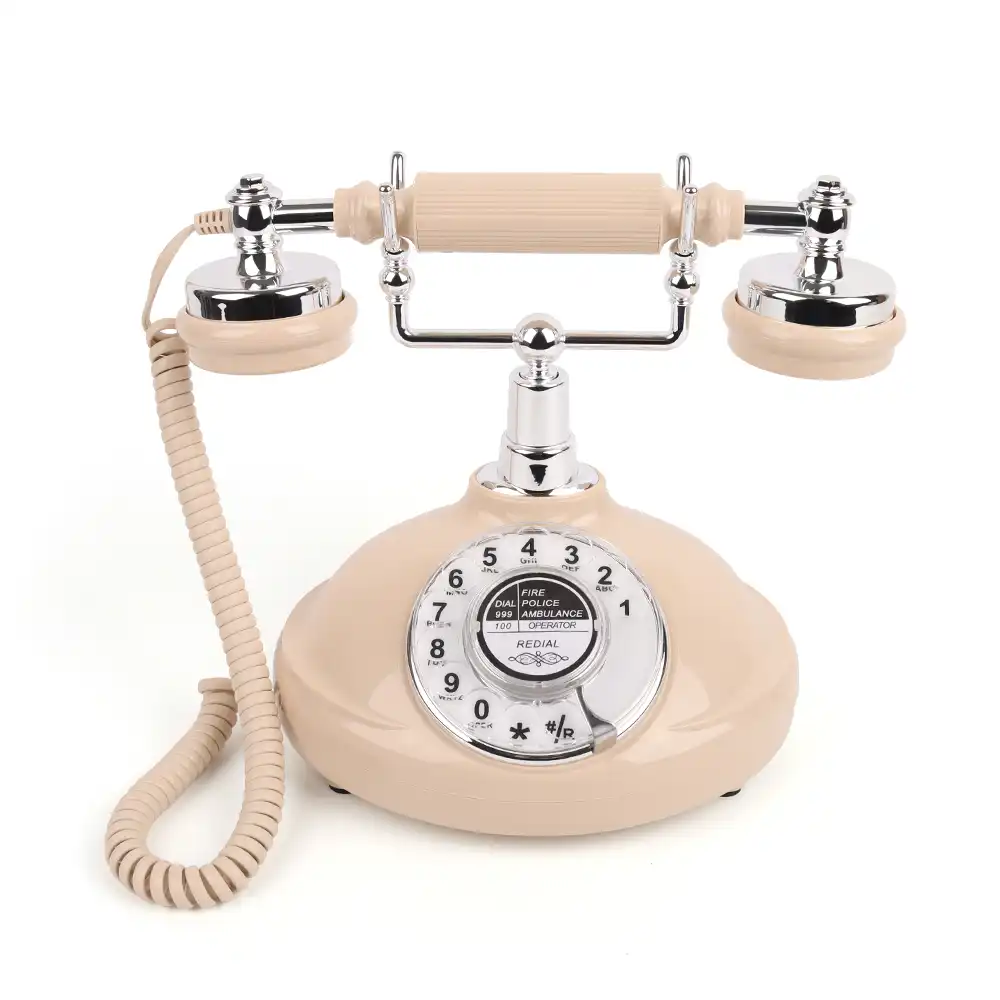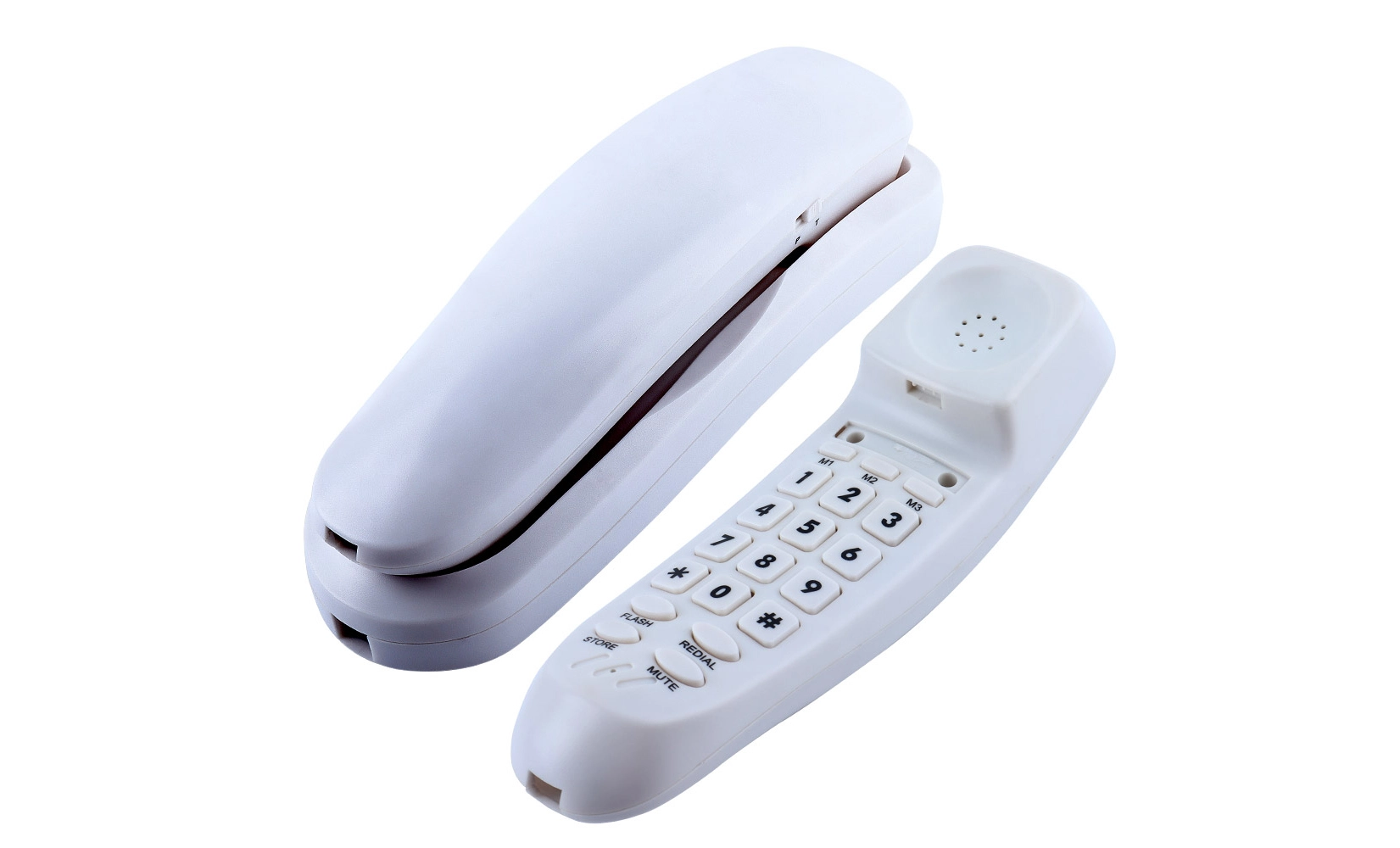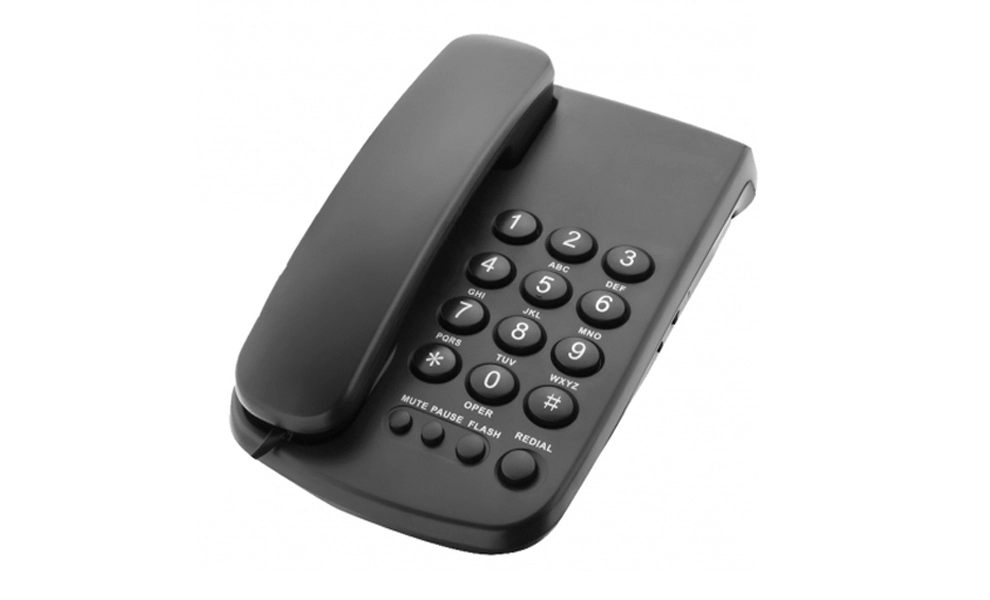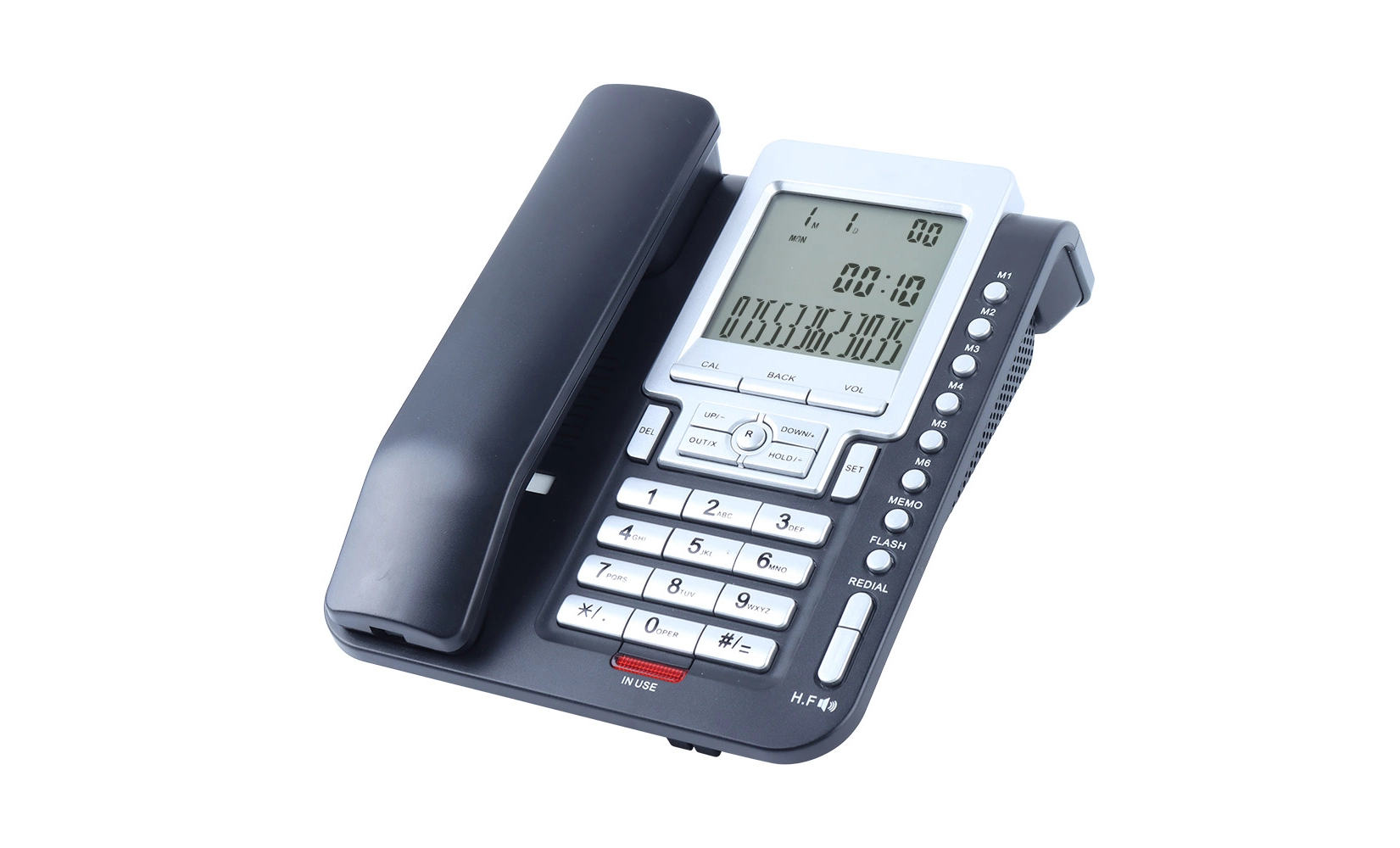Can I use antique telephones internationally?
 You can use antique telephones internationally, but it's not always a straightforward process. While these charming relics of the past can often be connected to modern phone lines, there are several factors to consider. Compatibility issues may arise due to differences in telephone systems across countries. Some antique telephones may require adapters or modifications to work with contemporary networks. Additionally, certain countries have phased out analog systems entirely, which could pose challenges. Despite these potential hurdles, many vintage enthusiasts and collectors have successfully used antique telephones in various parts of the world, preserving a piece of communication history while enjoying functional nostalgia.
You can use antique telephones internationally, but it's not always a straightforward process. While these charming relics of the past can often be connected to modern phone lines, there are several factors to consider. Compatibility issues may arise due to differences in telephone systems across countries. Some antique telephones may require adapters or modifications to work with contemporary networks. Additionally, certain countries have phased out analog systems entirely, which could pose challenges. Despite these potential hurdles, many vintage enthusiasts and collectors have successfully used antique telephones in various parts of the world, preserving a piece of communication history while enjoying functional nostalgia.
The Allure and Challenges of International Antique Telephone Use
Nostalgia Meets Modern Technology
Antique telephones hold a special place in the hearts of many. These elegant devices transport us to a bygone era, evoking memories of rotary dials, ornate designs, and the satisfying weight of a handset. The desire to use these vintage communication tools internationally stems from a deep appreciation for their craftsmanship and historical significance. However, bridging the gap between old-world charm and contemporary global telecommunications presents unique challenges.
Technical Hurdles in Cross-Border Connectivity
When attempting to use an antique telephone internationally, one must navigate a maze of technical specifications. Different countries employ varied telephone systems, each with its own set of standards and protocols. Pulse dialing, once the norm for rotary phones, has largely given way to tone dialing in modern networks. This shift can render some antique models incompatible without modifications. Moreover, the voltage and frequency of telephone lines can differ across borders, potentially damaging vintage equipment if not properly addressed.
Regulatory Considerations and Network Compatibility
International use of antique telephones also involves navigating regulatory landscapes. Some countries have strict requirements for devices connected to their telecommunications networks. Vintage phones may not meet current safety standards or electromagnetic compatibility regulations. Additionally, as nations transition to digital and fiber-optic systems, the infrastructure to support analog devices is gradually disappearing. This evolution in technology could limit the areas where antique telephones can be used without significant adaptations.
Adapting Antique Telephones for Global Use
Conversion Kits and Adapters
To overcome compatibility issues, enthusiasts have developed various solutions. Conversion kits can transform pulse-dialing antique telephones into tone-dialing devices, making them compatible with modern phone systems. These kits often involve installing a small circuit board inside the telephone, preserving its external appearance while updating its functionality. Similarly, adapters are available to adjust voltage levels and signal types, enabling vintage phones to connect safely to international networks.
Professional Restoration and Modification Services
For those seeking to use particularly rare or valuable antique telephones internationally, professional restoration services offer specialized solutions. Expert technicians can carefully modify internal components to meet modern standards without compromising the phone's historical integrity. These services often include thorough cleaning, repair of worn parts, and the installation of discreet modern elements to ensure compatibility across different countries' telephone systems.
VoIP Technology as a Bridge
Voice over Internet Protocol (VoIP) technology has emerged as an innovative way to use antique telephones internationally. By connecting vintage phones to VoIP adapters, users can bypass traditional telephone networks entirely. This method allows antique telephones to function over the internet, effectively eliminating many of the compatibility issues associated with varying international standards. It's a clever fusion of old and new, enabling global communication through cherished antique devices.
Preserving Heritage While Embracing Global Connectivity
The Cultural Significance of Antique Telephones
Using antique telephones internationally is more than a technical challenge; it's a way of preserving cultural heritage. These devices are tangible links to the history of communication, each with its own story to tell. From the elegant candlestick phones of the early 20th century to the sleek Bakelite models of the mid-1900s, antique telephones reflect the design aesthetics and technological advancements of their eras. By adapting these pieces for international use, we keep this rich history alive and relevant in our globalized world.
Educational Value and Historical Appreciation
The process of making antique telephones work across borders offers valuable educational opportunities. It encourages an understanding of telecommunications history, the principles of analog and digital systems, and the complexities of international standards. For schools, museums, and cultural institutions, functional antique telephones provide interactive exhibits that bridge generations, allowing young people to experience communication methods of the past while appreciating modern conveniences.
 Sustainable Technology and Upcycling
Sustainable Technology and Upcycling
In an age of rapid technological turnover, the restoration and international use of antique telephones align with principles of sustainability. By giving new life to old devices, we reduce electronic waste and challenge the throwaway culture often associated with modern gadgets. This approach to technology encourages a more thoughtful, long-term view of our possessions and their potential for adaptation and reuse, even across international boundaries.
Conclusion
While using antique telephones internationally presents challenges, it's certainly possible with the right approach and resources. The journey of adapting these vintage devices for global use is as rewarding as it is complex, offering a unique blend of historical preservation and technological problem-solving. Whether through conversion kits, professional restoration, or innovative VoIP solutions, antique telephone enthusiasts can enjoy the nostalgia and craftsmanship of these devices virtually anywhere in the world.
As we continue to navigate the rapidly changing landscape of global communications, the enduring appeal of antique telephones serves as a poignant reminder of our shared technological heritage and the timeless human desire to connect across distances.
Global-ready antique telephone with RJ11 interface | CHEETA
Shenzhen Cheeta Technology Co., Ltd. stands at the forefront of antique telephone manufacturing, boasting 18+ years of expertise in OEM/ODM services. Our state-of-the-art 1,200㎡ facility, powered by 100+ skilled workers and 10 senior engineers, produces 1,000 analog units daily, ensuring swift delivery worldwide. CHEETA's antique telephone collections blend historical craftsmanship with modern functionality, featuring RJ11 connections and tone dialing capabilities.
From European-inspired floral designs to mid-century Bakelite rotaries, each piece reflects cultural evolution while meeting CE, RoHS, FCC, and UN38.3 standards. Our rigorous 11-step inspection process guarantees reliability, resulting in a failure rate below 1%. For inquiries about our globally compatible antique telephones, please contact allen@cheeta.com.cn.

References
1. Smith, J. (2021). "The Global Adaptation of Antique Telecommunications Devices". Journal of Historical Technology, 45(3), 267-282.
2. Brown, A. & Johnson, L. (2020). "Navigating International Telephone Standards: A Guide for Vintage Phone Enthusiasts". Telecommunications Heritage Quarterly, 18(2), 112-128.
3. García, M. (2022). "VoIP Solutions for Antique Telephone Integration in Modern Networks". International Journal of Communication Systems, 40(4), 589-603.
4. Thompson, R. (2019). "Regulatory Challenges in Cross-Border Use of Vintage Communication Devices". Global Technology Law Review, 11(1), 75-91.
5. Lee, S. & Williams, P. (2023). "Preserving Communication Heritage: The Role of Functional Antique Telephones in Museums". Museum Studies and Cultural Preservation, 29(3), 412-427.

Kindly inform us your interested product and your detailed requirement, so that we can give you a best suggestion.

Shenzhen Cheeta Technology Co., Ltd – Leading Communication Telephone Manufacturer



